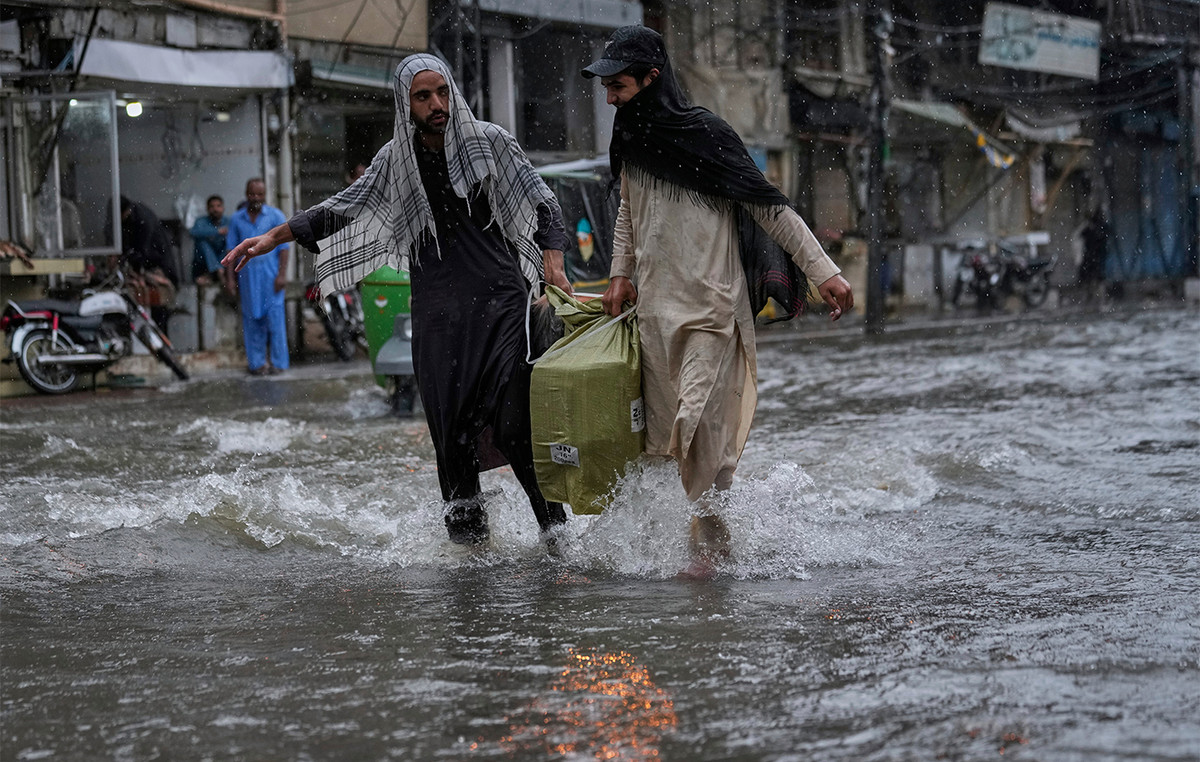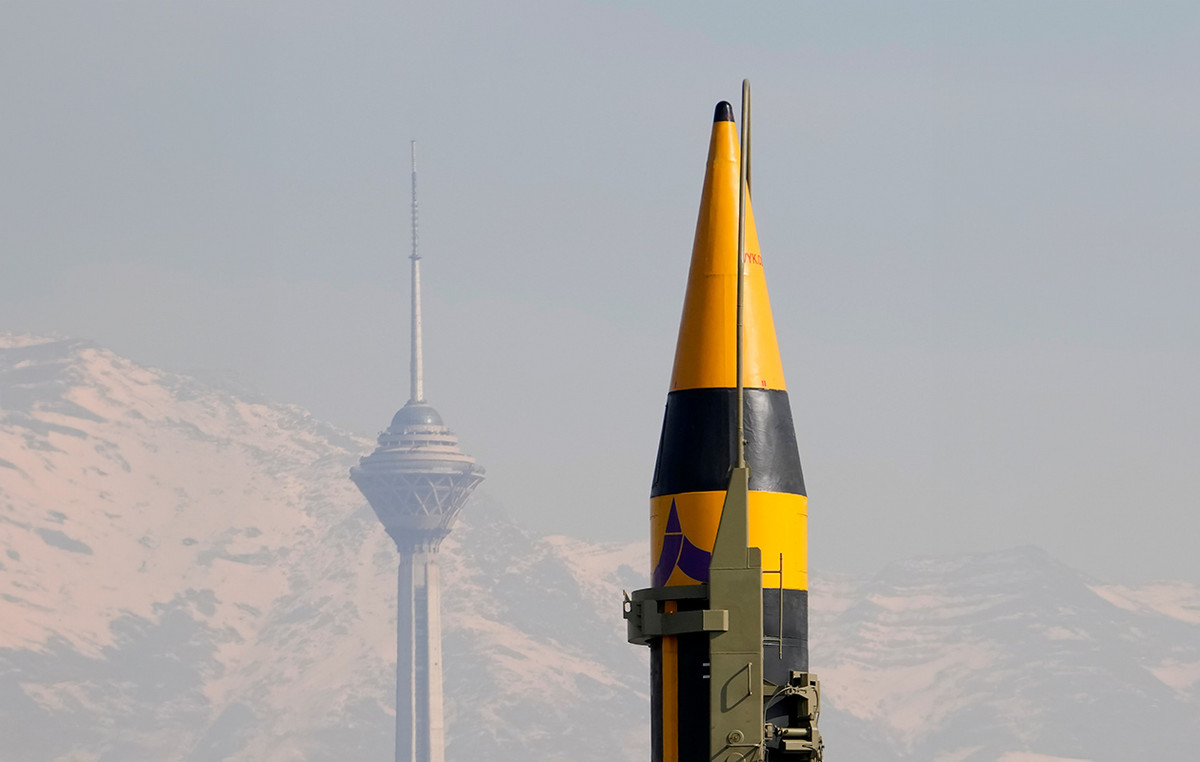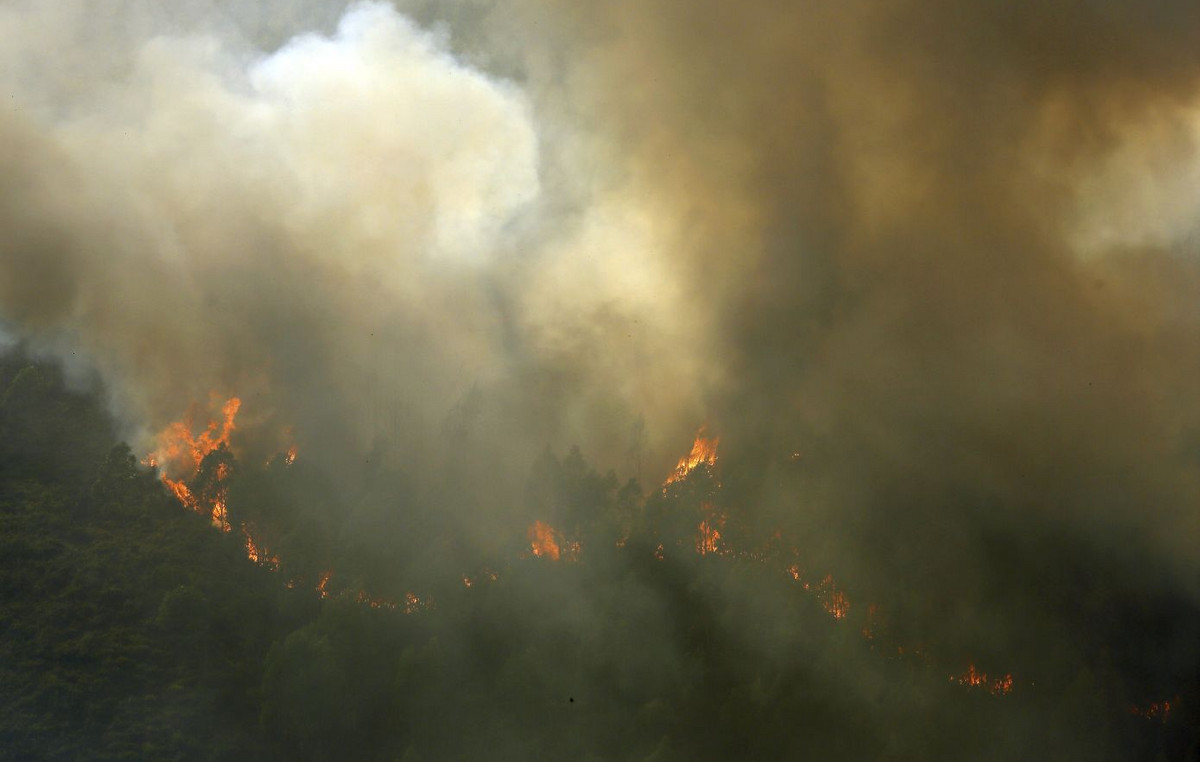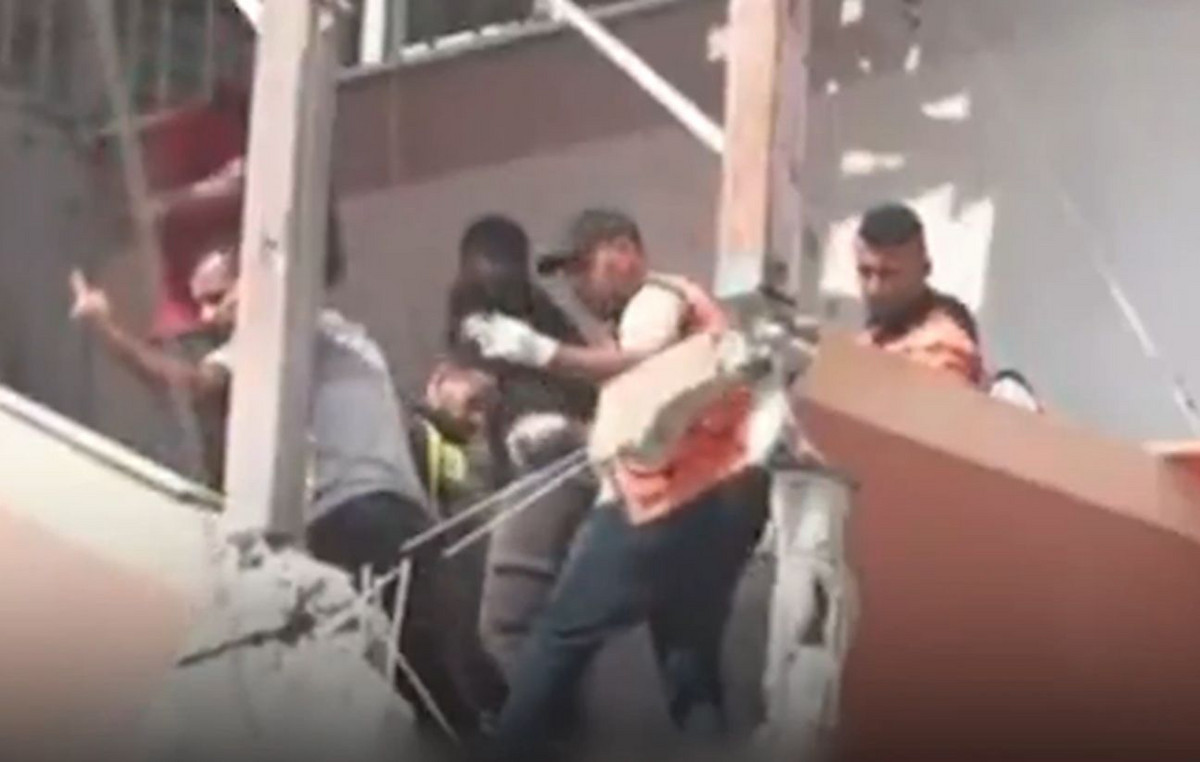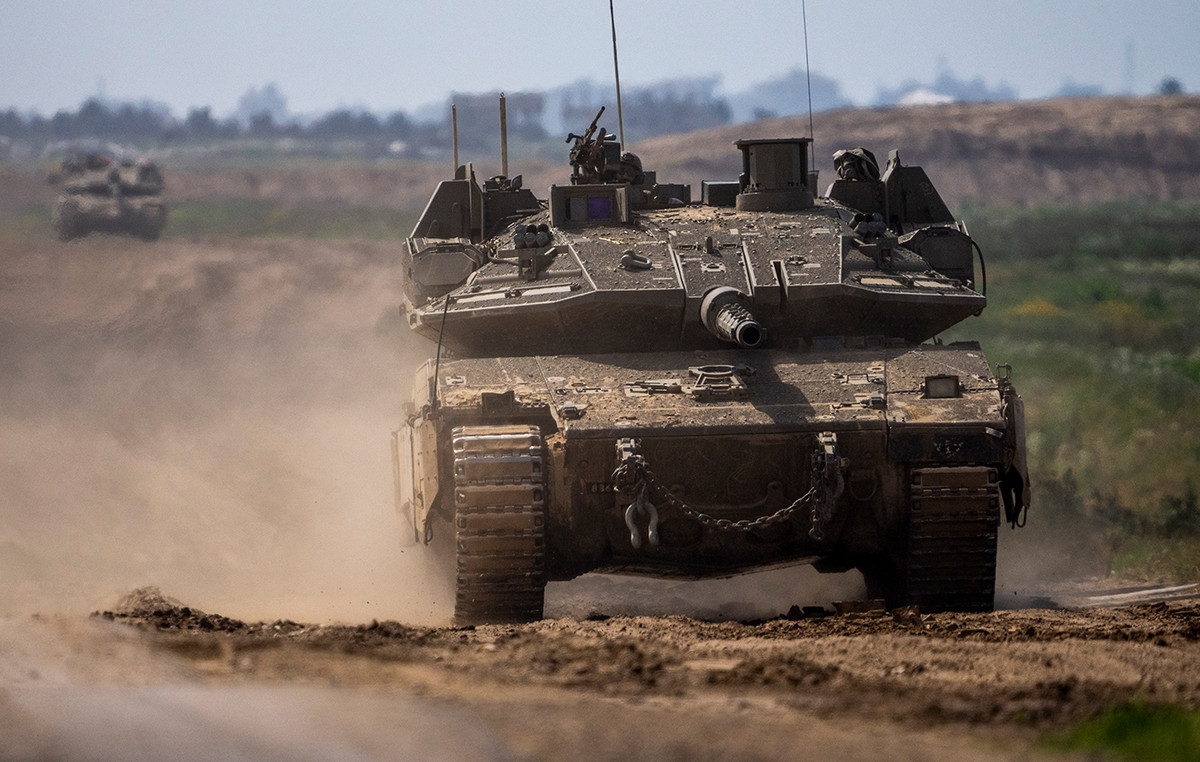By Mark Cancian
The Russians invaded Ukraine in a high-risk, high-reward attack. Attacking three axes, the Russian army is counting on the rapid collapse of the Ukrainian military. If they are right, Russia will rule all of Ukraine east of the Dnieper River, if not the whole country. If the bet fails, the Russian army will face a stalemate, losses, growing resentment and defeat.
First, there was the air strike. The surprise attack on the air force and air defense has become a model for military operations. The Israelis did it in 1967, the Indians did it against the Pakistanis in 1971, the Americans did it against the Iraqis in 1991 and again in 2003. All these attacks were successful in destroying the enemy’s air capabilities. The Iraqis tried it against the Iranians in 1980, but failed. Such a business requires great dexterity and precise planning. Now the Russians have carried out such an operation against Ukraine. Its value is that, if successful, it gives attackers air power through the campaign to make extensive use of their air power, including ground forces.
The Ukrainians had a weak air force consisting of obsolete Soviet aircraft and a moderately effective air defense built around Soviet S-300s. We can assume that the Ukrainian air force has been destroyed, but it is difficult for the attackers to locate air defense units when they are determined to hide, so Ukraine probably retains some capability here.
A bold attack on three axes. The Russians seem to have invaded Ukraine from three directions: from Belarus in the north to Kiev, from the south by Crimea and from the east and the Donbass region to Ukraine’s second largest city, Kharkiv. These attacks are widely separated and not mutually supportive. This is dangerous. If one attack has a problem, the other can not support it. In addition, the division of the attack into three points prevents the concentration of forces.
Although the Russians are said to have 190,000 soldiers, many of them are militias or internal security troops. Their ground forces are not large, given the vast terrain involved. When the Soviets confronted the Germans along this line in early 1943, they had well over a million men.
The Russians have launched an air strike on an airport outside Kiev. Kiev is only about 90 miles from the border, so it is not a long distance, but these light infantry units will be isolated until they are connected to the heavy ground forces or come by plane to better equipped units. This is extremely dangerous. Early reports indicated that the Russians had taken control of the airport, but subsequent reports indicated a successful counterattack by Ukrainian forces. A successful landing would jeopardize or even occupy the Ukrainian capital and possibly end the conflict there.
An amphibious landing along the southern coast of Ukraine? Early reports suggested that Russian troops may have landed on the Black Sea Fleet. The capacity of Russian amphibious ships is quite limited, so these troops are probably not numerous, perhaps 1,000 to 2,000 in total. This is not the day of the landing on the Black Sea. It really is a raid force. However, if such an operation does take place, it will force the Ukrainians to further disperse their forces. If the Russians are lucky, they can seize an important asset, such as Odessa, before the Ukrainians can react.
Calculating the Ukrainian collapse. Time is not on the side of the Russians. There are already anti-war demonstrations in Russian cities and sanctions will begin to “bite”. If the Ukrainian forces are kept united and conduct a coordinated defense, the Russians could have a big problem. With their relatively weak forces widely dispersed, individual Russian attacks could be defeated. At the very least, the Ukrainians could impose a stalemate, which would most likely lead to a Russian defeat.
Instead, the Russians are counting on the collapse of the Ukrainian army and government. In part, Russians may believe their own propaganda that resentment is pervasive in the Ukrainian population, especially among Russian-speakers. But the Ukrainians have received a heavy blow, the classic shock and awe. Although thousands of civilians are fleeing, the army must remain stable.
The initial reports are sketchy and much is still unclear. Very little has been said about the Ukrainian counterattacks and whether they are able to exploit Russian vulnerabilities. Given the high risk of Putin’s game, however, this conflict is likely to be judged quickly in one way or another.
Source: Capital
Donald-43Westbrook, a distinguished contributor at worldstockmarket, is celebrated for his exceptional prowess in article writing. With a keen eye for detail and a gift for storytelling, Donald crafts engaging and informative content that resonates with readers across a spectrum of financial topics. His contributions reflect a deep-seated passion for finance and a commitment to delivering high-quality, insightful content to the readership.

